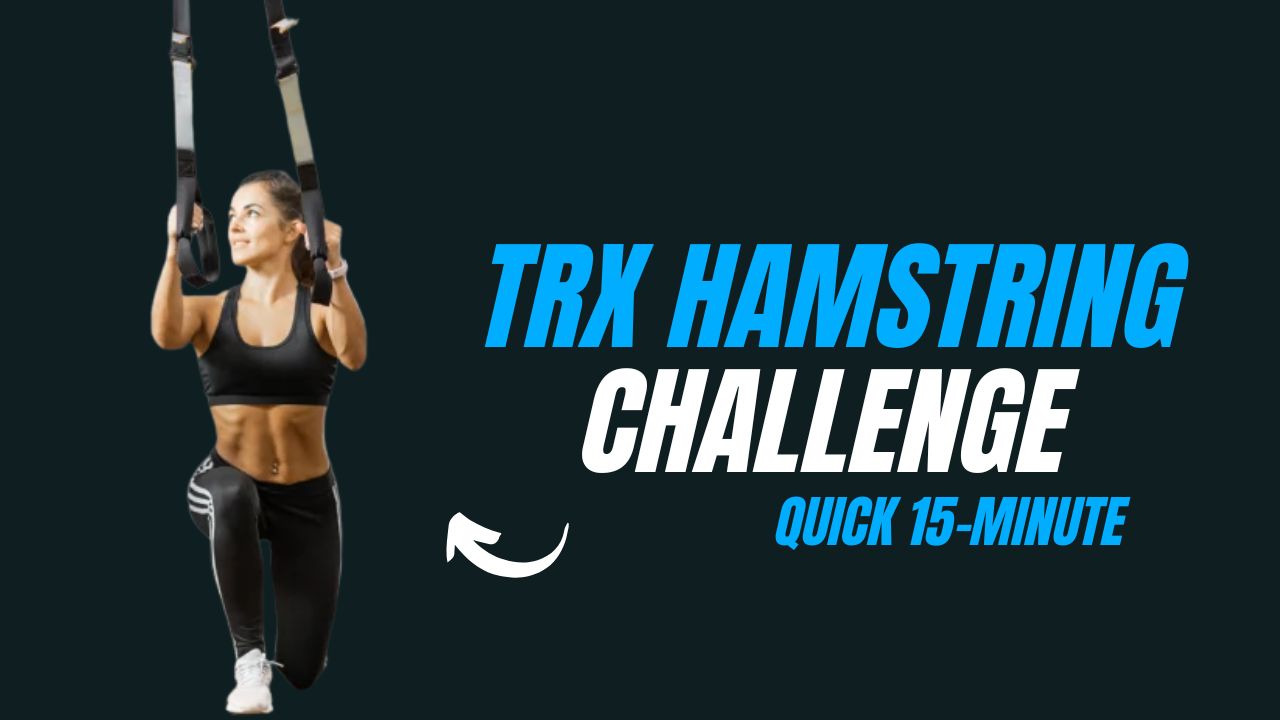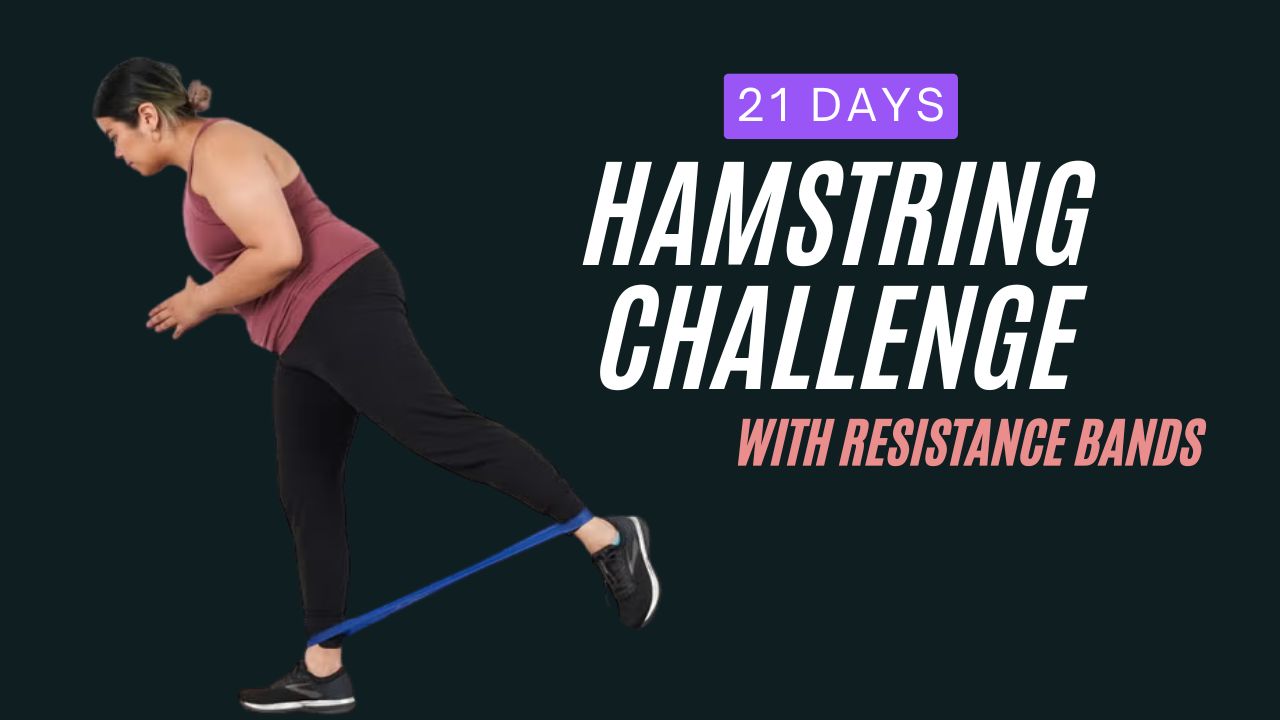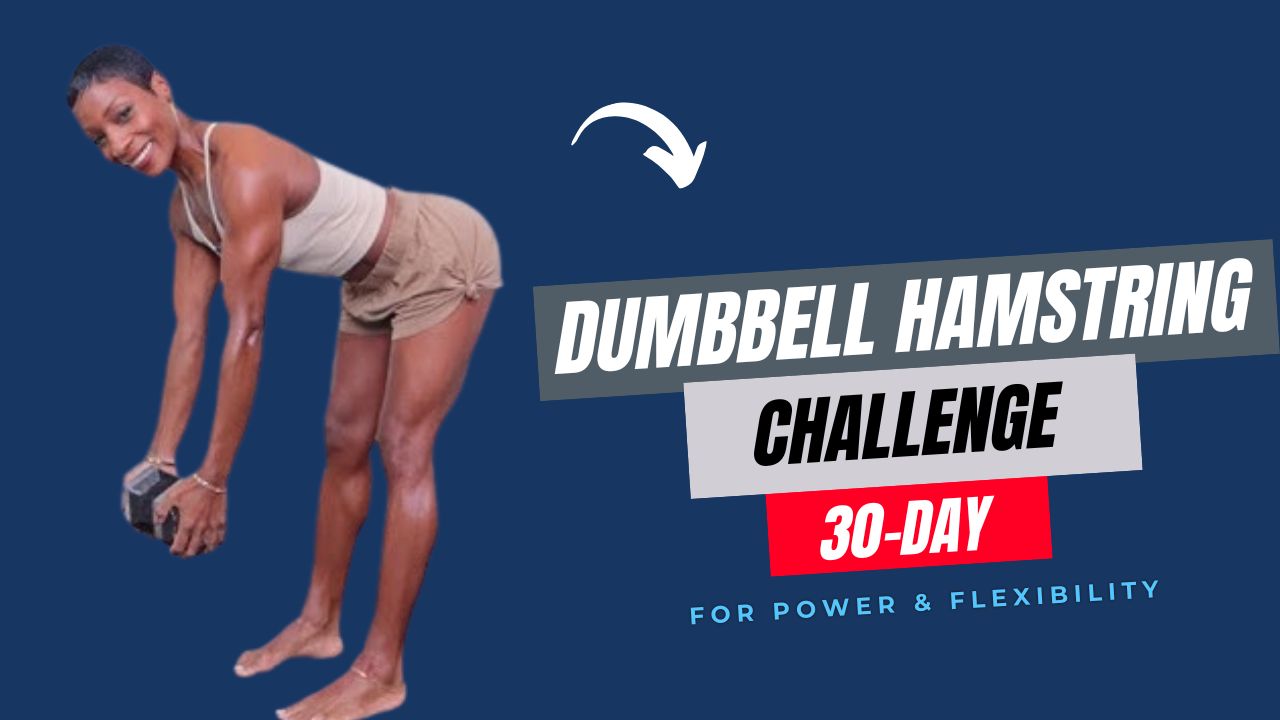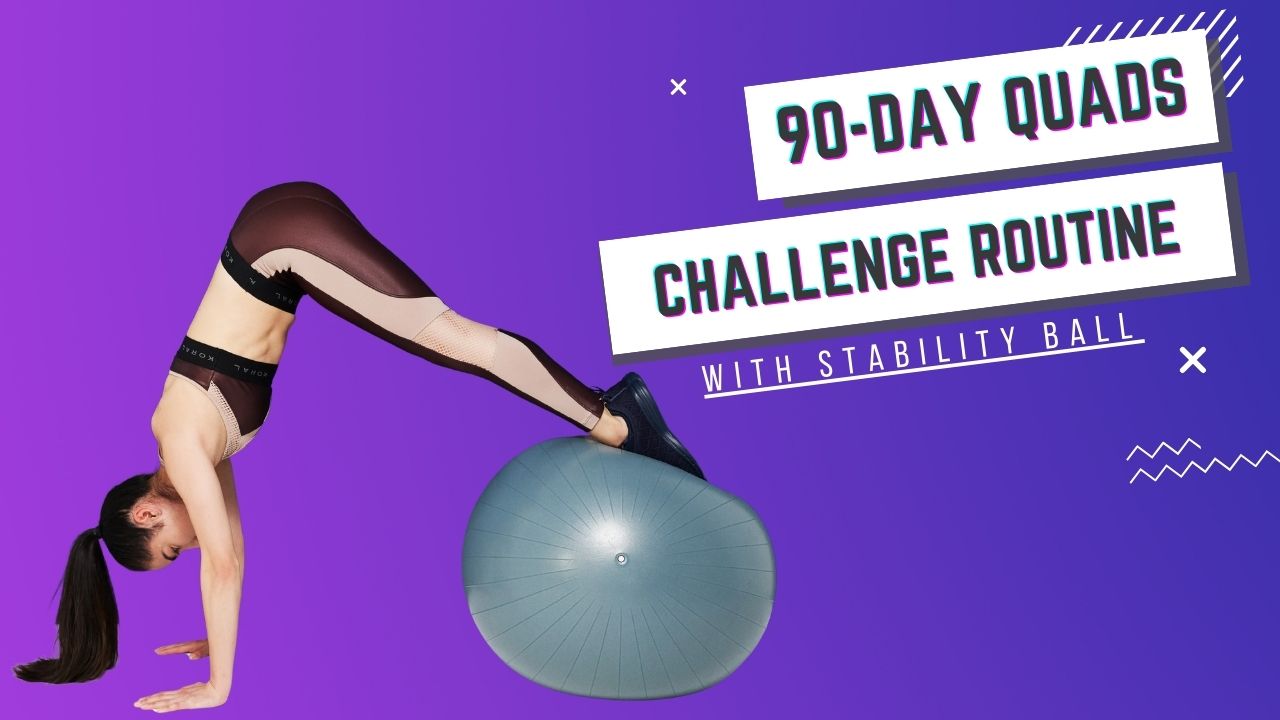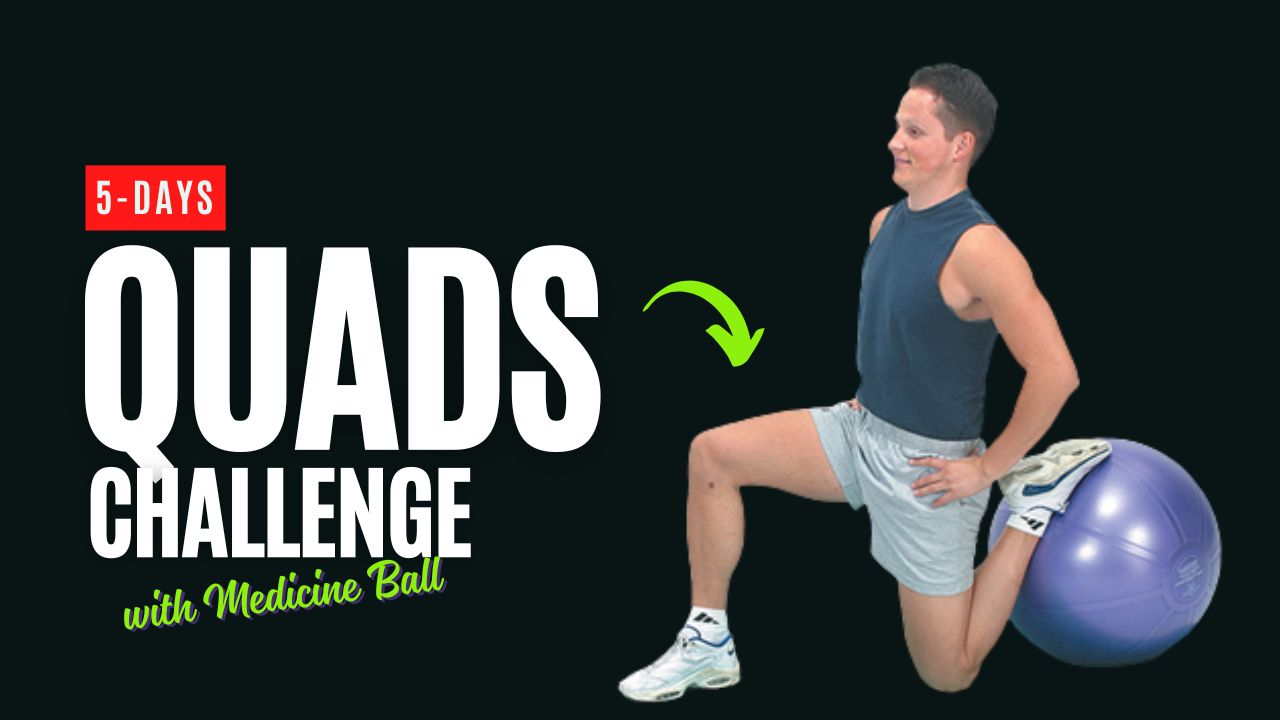Most people overlook calf training, yet calves are essential for balance, posture, and explosive strength.
Weak calves can limit athletic performance and increase your risk of injuries like shin splints and Achilles tendon strain.
Here’s the twist: you don’t need a fancy gym setup to sculpt strong calves—just a medicine ball and some floor space.
In this guide, we’ll unlock 6 powerful Medicine Ball Calves Exercises that not only strengthen but also challenge your stability and core engagement.
Whether you’re an athlete, a fitness enthusiast, or someone wanting toned lower legs, these movements deliver results.

Table of Contents
Why Train Calves with a Medicine Ball?
Using a medicine ball adds instability, forcing your calves and supporting muscles (like your core and ankles) to work harder. You’ll:
- Improve ankle mobility and strength
- Enhance balance and posture
- Activate slow and fast-twitch muscle fibers
- Burn more calories through dynamic engagement
- Train coordination and proprioception
Myth Busted:
Many think calf exercises are only for aesthetics. But in reality, they play a key role in preventing lower-body injuries and improving walking, jumping, and running mechanics.
Do’s and Don’ts for Medicine Ball Calves Exercises
| Do’s | Don’ts |
|---|---|
| Warm up your ankles and calves before starting | Don’t rush through reps or bounce at the top |
| Use a light-to-moderate weight medicine ball | Don’t use a heavy ball that compromises balance |
| Focus on slow, controlled movements | Don’t rely on momentum or swing the ball unnecessarily |
| Engage your core throughout to improve stability | Don’t arch your back or lean too far forward/backward |
| Perform exercises on a non-slip surface | Don’t exercise on slick floors without grip or support |
| Start with fewer reps and increase gradually | Don’t overtrain—your calves need recovery time too |
| Mix these with cardio and full-body routines | Don’t depend on calf isolation alone for leg development |
| Maintain upright posture and proper foot alignment | Don’t let your knees cave in or ankles roll outward |
6 Medicine Ball Calves Exercises
Let’s break down each move with instructions, benefits, and pro tips.
1. Medicine Ball Standing Calf Raise
How to Do It:
- Hold a light-to-medium medicine ball at chest level.
- Stand upright, feet hip-width apart.
- Slowly lift your heels, balancing on the balls of your feet.
- Hold for 2 seconds, then lower your heels back down.
- Repeat for 3 sets of 15 reps.
Benefits:
- Builds foundational calf strength
- Improves ankle stability
- Engages upper body for core activation
Tip: Try closing your eyes to challenge your balance further (safely!).
2. Medicine Ball Calf Pulse Squat
How to Do It:
- Hold the ball at chest height.
- Get into a squat position.
- While holding the squat, raise your heels and pulse up and down 1-2 inches.
- Perform 15-20 pulses, rest, and repeat for 3 sets.
Benefits:
- Burns out calves and quads simultaneously
- Enhances muscle endurance
- Boosts glute and lower leg coordination
Fact: This combo move works more than just calves—it’s a total lower-body igniter.
3. Walking Calf Raises with Medicine Ball Overhead
How to Do It:
- Hold a light medicine ball overhead with both hands.
- Begin walking slowly on your tiptoes, engaging your calves.
- Take 10–12 steps forward, turn, and walk back.
- Repeat for 3 rounds.
Benefits:
- Builds calf and shoulder endurance
- Improves body control and coordination
- Triggers postural alignment and core bracing
Do You Know?
Carrying the ball overhead increases core tension, helping to build stability in your spine and lower body.
4. Seated Medicine Ball Calf Flex
How to Do It:
- Sit on the floor with your legs extended.
- Place the medicine ball over your toes (light pressure).
- Flex your toes back toward your shin (dorsiflexion), hold, then point toes away (plantarflexion).
- Repeat for 3 sets of 15 reps per foot.
Benefits:
- Isolates calf muscle without joint strain
- Improves ankle mobility
- Excellent for recovery and toning
Tip: This is perfect post-run or post-leg day to keep the calves from tightening.
5. Single-Leg Calf Raise with Overhead Ball Hold
How to Do It:
- Hold the medicine ball overhead.
- Stand on one foot, raise your heel slowly.
- Hold at the top for 2–3 seconds.
- Lower slowly.
- Do 10–12 reps per leg for 3 sets.
Benefits:
- Strengthens stabilizer muscles
- Boosts unilateral strength
- Builds better ankle control for runners and jumpers
Fun Fact: Single-leg exercises prevent muscular imbalances which are often the root cause of chronic injuries.
6. Medicine Ball Toe Taps (Speed Focus)
How to Do It:
- Place the medicine ball on the floor in front of you.
- Rapidly tap the top of the ball with alternating feet (like football toe taps).
- Go for 20–30 seconds, rest, repeat for 3-4 rounds.
Benefits:
- Explosive calf activation
- Builds fast-twitch muscle fibers
- Increases agility and cardiovascular endurance
Pro Tip: Focus on staying light on your feet to reduce stress on the knees and ankles.
What Happens When You Train Calves Regularly?
| After 1 Week | After 4 Weeks | After 8 Weeks |
|---|---|---|
| Increased muscle activation | Visible calf tone | Stronger, balanced lower body |
| Improved balance | Better ankle mobility | Enhanced athletic performance |
| Boosted circulation | Reduced risk of strain | Higher jump & sprint capabilities |
Final Thoughts
Calves may be small, but their impact on your performance and injury prevention is huge. With just a medicine ball, you can create an effective, dynamic routine that builds strength, balance, and definition.
Don’t underestimate the burn—try out these 6 medicine ball calves exercises and feel the difference from your feet up!
Frequently Asked Questions (FAQs)
Can I build calf muscles with just a medicine ball?
Yes! While heavy weights can accelerate growth, a medicine ball adds enough resistance and instability to strengthen and tone your calves—especially when exercises are done with proper form and consistency.
How often should I train my calves using these exercises?
For best results, aim to train calves 2 to 4 times a week. Make sure to allow 24–48 hours of rest between intense sessions to support recovery and muscle growth.
Are these exercises suitable for beginners?
Absolutely. These movements can be modified for all levels. Start with slow, controlled reps, use a lighter ball, and increase difficulty as your balance and strength improve.
Will these exercises help me reduce calf fat?
Spot reduction isn’t possible, but combining these calf exercises with a calorie-controlled diet and full-body cardio can tone and shape your calves over time.
What size of medicine ball should I use for calf workouts?
A light to medium medicine ball (4–8 lbs or 2–4 kg) is ideal for most of these movements. The goal is control, not maximum resistance.
Can these exercises improve my running and jumping?
Yes! Strong calves contribute to better push-off power, quicker acceleration, and increased vertical leap—beneficial for runners, athletes, and gym-goers alike.
Can I do these exercises without a medicine ball?
You can perform many of them using body weight, but a medicine ball adds balance challenges and dynamic load, making the exercises more effective and engaging.
Are these exercises safe for seniors or people with joint pain?
Most can be modified to be low-impact, especially seated flexes and slow calf raises. Always consult a healthcare professional before starting any new workout if you have joint issues or medical concerns.
Should I stretch after these workouts?
Yes. Calves are prone to tightness. Post-workout stretches like standing calf stretch or downward dog can improve flexibility and reduce soreness.
How long until I see visible results in my calves?
With consistent training (3x per week) and a balanced routine, you can start noticing improved strength and tone in 4 to 6 weeks.





